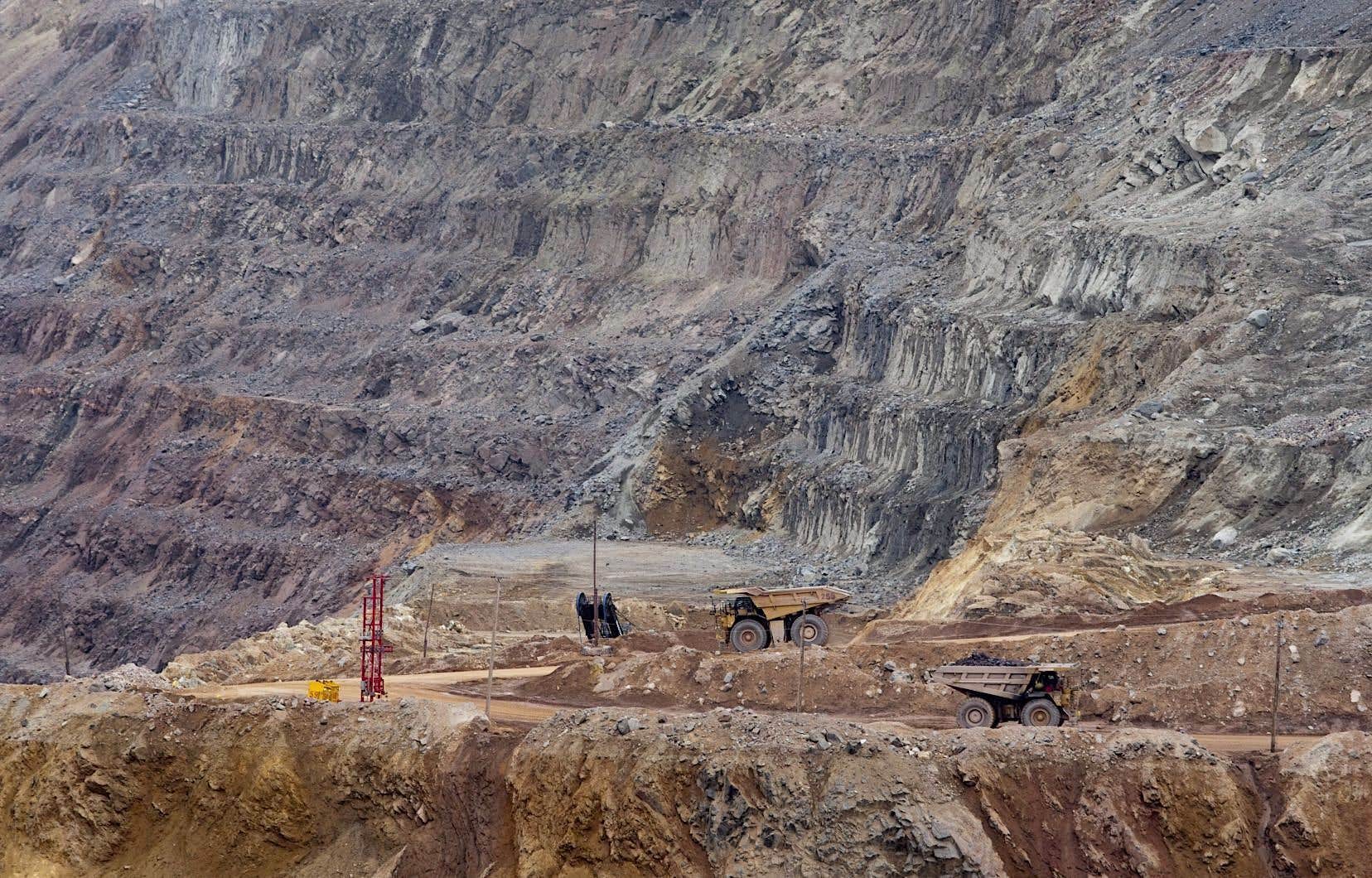This text is taken from Courrier de la planete. Click here to subscribe.
The restoration of hundreds of abandoned mining sites which are the responsibility of the Quebec state has already cost more than 230 million dollars and the future bill risks exceeding a billion dollars. The government is, however, unable to specify when it will be able to overcome this toxic legacy, the cost of which is underestimated, according to the Coalition Québec Meilleur Mine.
According to data provided by the Ministry of Natural Resources and Forests (MRNF), $232.9 million in public funds had been spent since 2006 as of March 31, 2023 for the characterization, restoration and monitoring of abandoned mining sites by businesses in Quebec over the decades. What’s more, the 2023-2024 “work plan” provided for expenditures of around $30 million.
But the estimated final bill is significantly higher. Despite the injection of more than $260 million, calculating planned spending over the past year, the total amount remaining to be paid for the project does not appear to be decreasing and could still exceed $1.2 billion, according to the MRNF. This sum has not declined in previous years either, despite the amounts injected.
The ministry calculates that 355 sites are under its responsibility. These may be exploration or mining sites. In some cases, equipment was left behind, but many sites contain toxic residues and represent environmental risks that can represent significant decontamination costs.
The MRNF also specified to Le Devoir that the Manitou site alone, located in Abitibi-Témiscamingue, has already cost more than $56 million. “The restoration of the Manitou site is the one that has required the most investment to date,” we specify about this 200 hectare site contaminated by acid mining residues.
Several dozen sites also remain to be analyzed in order to detail the work that will be necessary, which means that restoration will take several more years in Quebec. But the MRNF is not able to specify a timetable for overcoming this toxic legacy.
“It turns out to be difficult to make such an assessment. Each mining site has unique characteristics, and the interventions to be carried out vary considerably. The approach to restoring an abandoned mining site must therefore be specific to the site in question, integrated into its environment and requires a progressive and multidisciplinary vision,” explains the ministry, in a written response.
“The restoration of a site of great importance requires several years of studies, preparation of restoration scenarios as well as the carrying out of the work by contractors”, it is specified, emphasizing that the government is subsequently responsible to follow up to verify whether the sites still pose environmental risks.
Underestimated bill
The delays and the bill to tackle this problem worry the spokesperson for the Coalition Québec Meilleur Mine, Rodrigue Turgeon. The organization claims that the estimate of the bill at $1.2 billion is underestimated, since the government has still not completed the analysis of several sites. Other sites would also be added to the list established by Quebec. He estimates that the total amount for taxpayers could ultimately reach $3 billion.
In this context, Mr. Turgeon reiterates that the bill should not only be borne by Quebecers, judging that a fee imposed on the industry would make it possible to finance part of the work. This idea was never adopted by the government.
The Coalition Québec Meilleur Mine also judges that the promised reform of the Mining Act could be an opportunity to accelerate the cleaning of abandoned sites.
“Mechanisms must be provided to accelerate restoration, because at the current rate of investments, we would have to wait more than 200 years before seeing the current territory be restored. And that does not include the future impacts, when we know that the industry is expected to have a much greater presence in the territory,” argues Mr. Turgeon.
For several years now, operators have nevertheless had to pay a “financial guarantee” to avoid passing the bill to the State.
